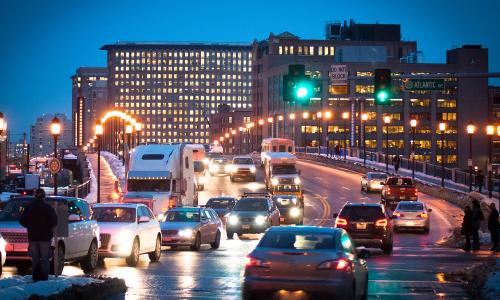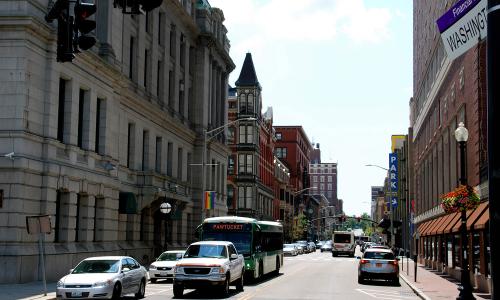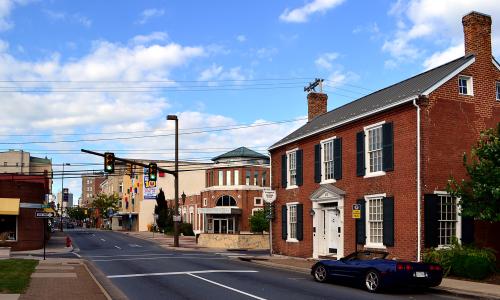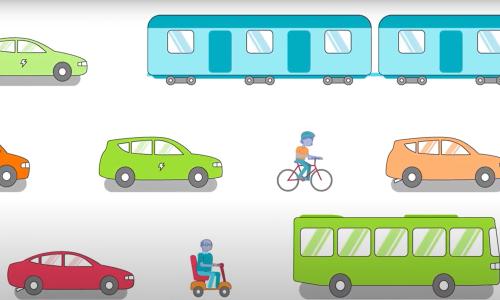Soot and smog from diesel truck and bus engines are hazardous to breathe in.
They can exacerbate heart and lung diseases, increase risk of cancers, and even lead to premature death. These risks are often concentrated around ports, freight hubs, and high traffic highway corridors, adding to the cumulative impacts of other environmental and socioeconomic risks that disproportionately impact communities of color.
Adopting electric trucks and buses is part of the solution to diesel pollution, but must be accompanied by targeted actions to guarantee pollution reductions in the communities that need it the most. This can include creating local ordinances for low- or no-emissions zones, replacing and retrofitting existing diesel equipment in environmental justice communities, or targeting emissions reductions measures in freight hotspots. An equitable and sustainable transportation system is one that provides clean air for all.
This page contains multiple state-level reports featuring maps of modeled diesel pollution to help you understand its uneven geography and how certain communities are hit the hardest when advocating for cleaner air.
Download methodology.

Diesel Pollution in CT

Diesel pollution in MD

Diesel Pollution in MA

Diesel Pollution in NY

Diesel pollution in RI





